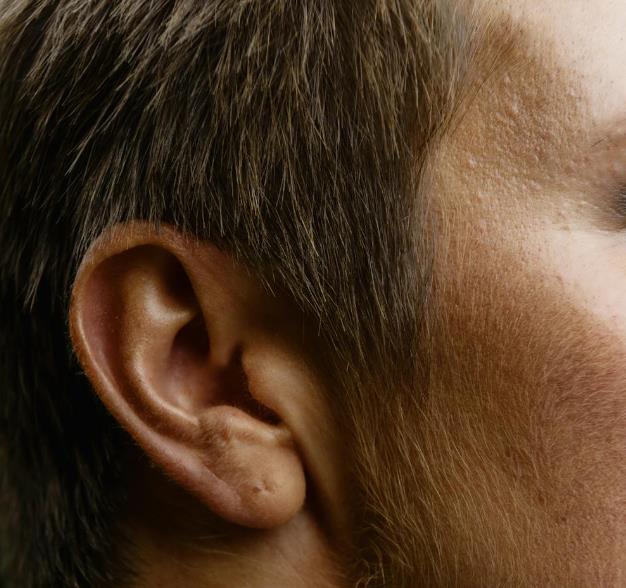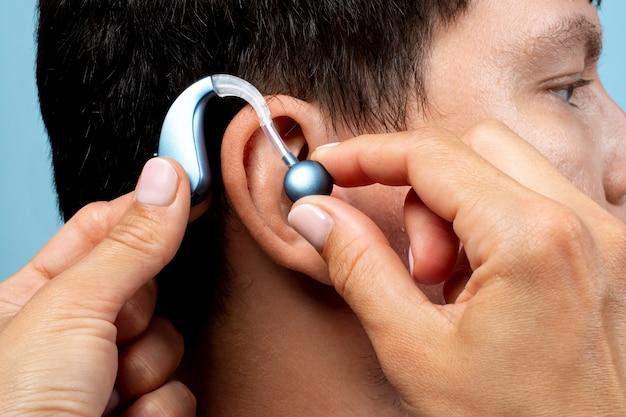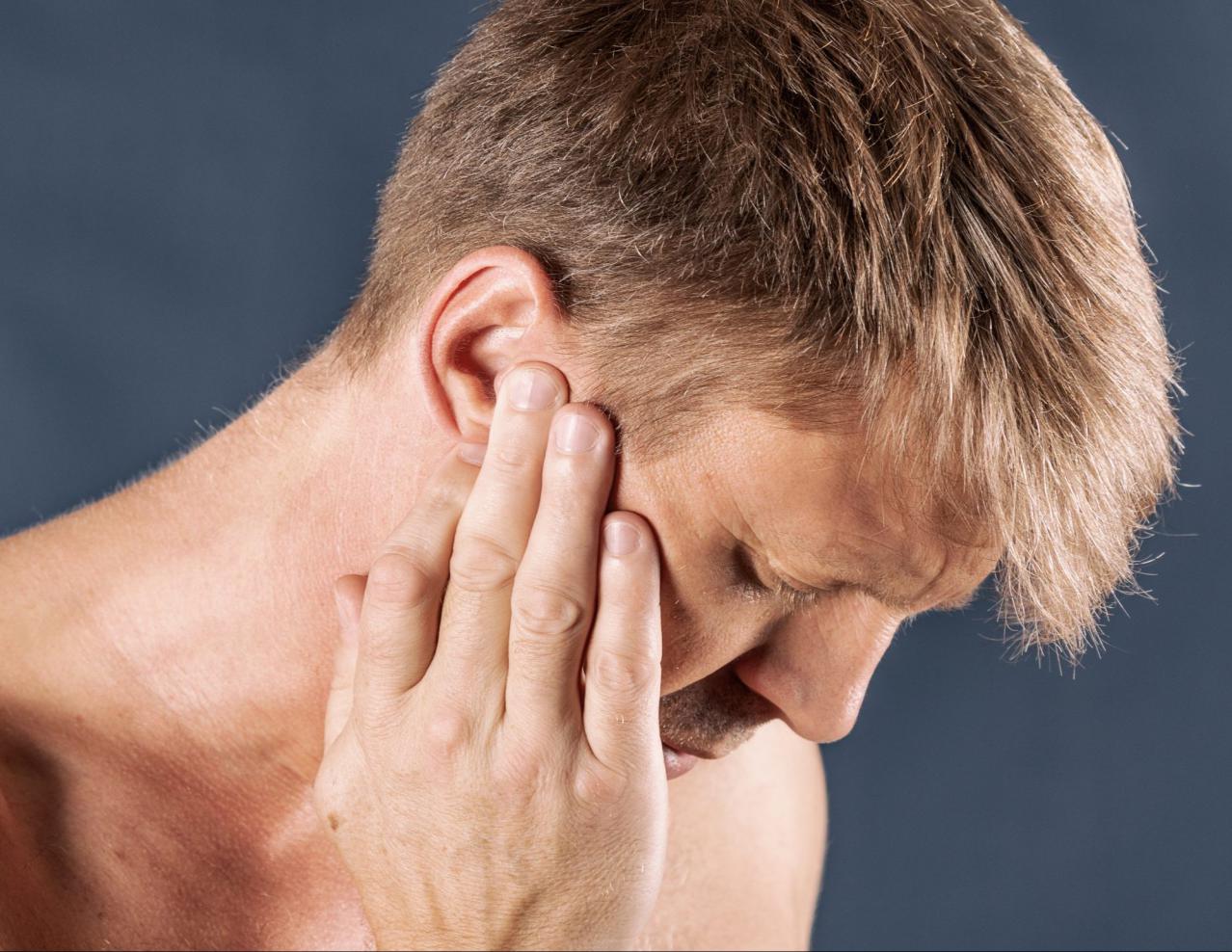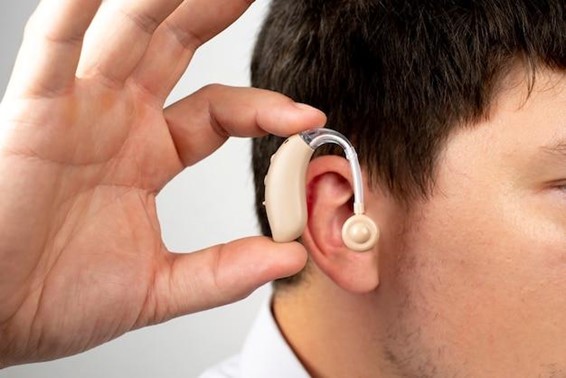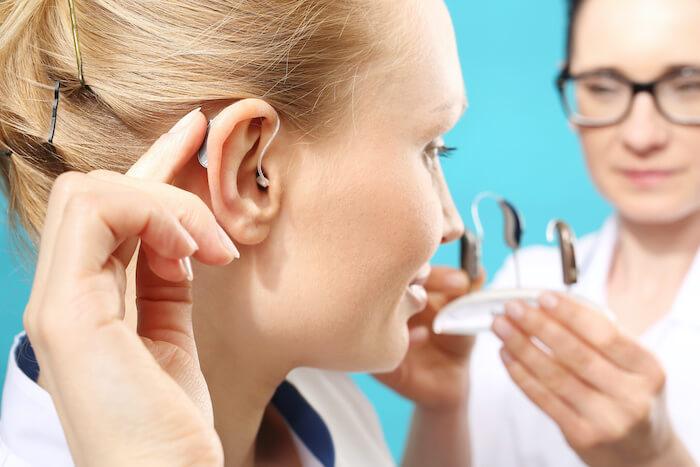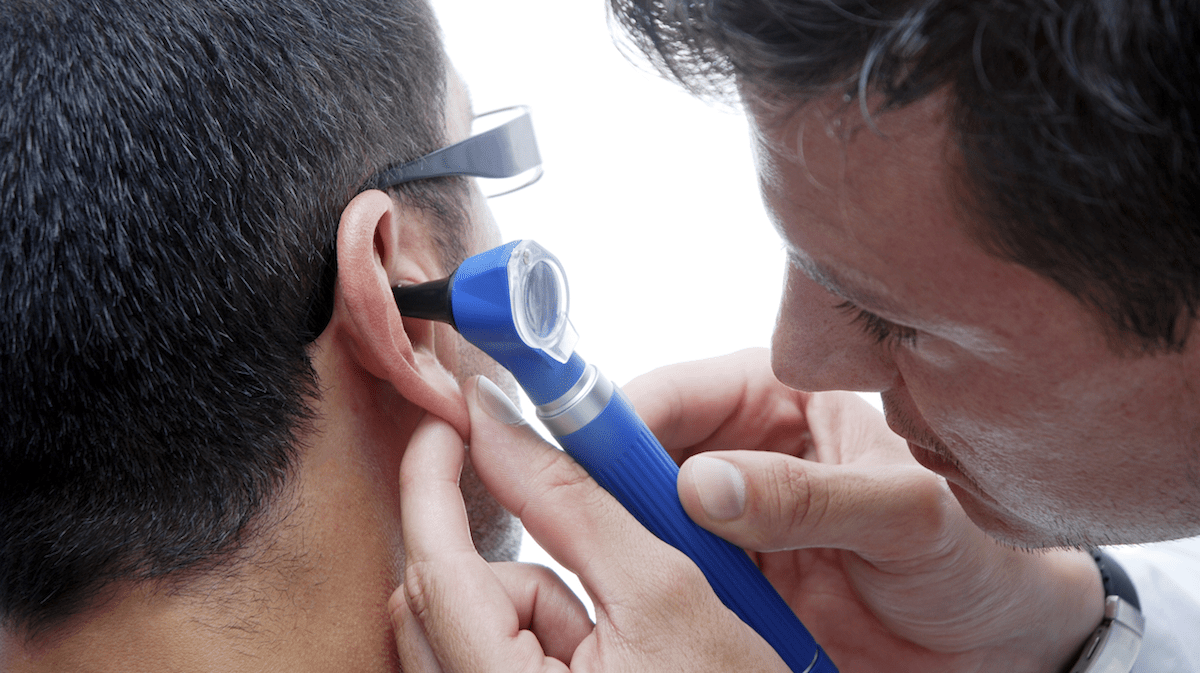Hearing Aid Fitting: What to Expect
Embarking on the journey towards crystal-clear hearing with Audi Hearing is a pivotal moment in reclaiming the richness of the world’s symphony. The initial step, fitting for a hearing aid, might seem daunting, but with the right information and expectations, it becomes an exciting milestone towards improved auditory experiences.
Table of Contents
Key Takeaways:
- Personalised Fitting: Each hearing aid fitting is tailored to your unique hearing profile, ensuring comfort and optimal auditory enhancement.
- Technology and Tuning: Modern aids come with advanced features that are fine-tuned to your lifestyle and hearing needs.
- Ongoing Support: Audi Hearing provides continuous care and adjustments to ensure your hearing aids perform at their best.
Navigating through the process of getting your first hearing aid can be a whirlwind of emotions and questions. What’s going to happen? Will it be uncomfortable? How will it change my daily life? The journey begins with a comprehensive hearing test a crucial first step that lays the groundwork for everything that follows. This test isn’t just about identifying hearing loss; it’s about understanding your unique auditory profile to tailor a hearing solution that fits perfectly into your life. Let’s break down this journey, starting with the hearing test, to see how it leads to a world of clearer sound.
The Process:
Assessment and Selection: Your journey begins with a comprehensive hearing evaluation conducted by skilled audiologists, who operate within the strict regulation of audiology standards to ensure the highest level of care and ethics. This initial step isn’t just about finding out what you’re missing, but also about understanding how you live, work, and play within the framework of these professional guidelines. Our aim is to pair you with the most suitable tech marvels, meticulously selected and adjusted following regulatory standards, that not only bring back the sounds you’ve been missing but also fit seamlessly into your lifestyle.
- Customisation and Comfort: Getting the fit right is crucial, not just for comfort but also for effective sound delivery. This begins with a detailed hearing aid selection process, where we consider not only the shape and size of your ear but also your specific hearing needs, lifestyle, and preferences. We take an impression of your ear, ensuring that your device fits like a glove. Our comprehensive selection process allows us to match you with the perfect hearing aid, ensuring that it not only feels comfortable but also enhances your hearing experience in every aspect of your life.
- Tech Setup and Tuning: Next, we enter the realm of digital precision, customising your device’s settings based on your hearing test results. Modern hearing aids are akin to mini supercomputers, and we make sure yours is tuned to perfection.
- Real-World Adjustment: Adjusting to your new hearing aid is a journey. We’ll guide you through how to use and care for your device, ensuring you’re confident in managing settings for different environments.
- Follow-Up Care: Your relationship with Audi Hearing doesn’t end when you walk out the door. We’re here for regular check-ups, maintenance, and any adjustments you need.
The Audi Hearing Difference
At Audi Hearing, we believe that fitting a hearing aid is more than just a technical procedure; it’s a personal journey to rediscovering the joy of sound. Here’s what makes our approach stand out:
Tailored to You:
Our audiologists don’t just look at the numbers; they listen to you. Understanding your daily routines, challenges, and expectations allows us to custom-fit not just the device but the entire hearing solution to your life, incorporating a suite of hearing services tailored to your individual needs. Whether it’s ensuring clarity in conversations amidst the bustling ambiance of noisy cafes, enhancing the subtle sounds of nature during your serene morning walks, or providing specific programs for listening to music with newfound depth and richness, our goal is to enrich every auditory experience.
Cutting-Edge Technology:
In the world of hearing aids, one size does not fit all. That’s why we offer a wide range of devices, from invisible in-canal aids to powerful behind-the-ear models, each equipped with the latest technology. Noise reduction, wireless streaming, and environment-specific settings are just the beginning.
Lifestyle Integration:
Your hearing aid should enhance your life, not complicate it. We focus on integrating your device seamlessly into your daily activities, whether that’s connecting directly to your smartphone or adjusting settings easily for a quiet evening at home or a lively family gathering.
Empowerment Through Education:
We believe knowledge is power. From your first consultation, we provide you with the resources and information you need to feel confident about your hearing health decisions. We offer insights into how hearing works, how hearing aids can help, and what to expect as you adjust to your new device.
Unwavering Support:
Adjusting to a hearing aid comes with its set of challenges and questions. That’s why we’re committed to offering unparalleled post-fitting support. From troubleshooting issues to fine-tuning your device as your needs evolve, our team is always just a call or visit away.
Beyond the Fitting
The journey to improved hearing doesn’t end with the fitting of your hearing aid. It’s a path of continuous adaptation, learning, and enjoyment as you rediscover sounds long forgotten. Here’s what to expect as you move forward:
Adaptation Period:
Adjusting to your new hearing aid is a process. Initially, some sounds may feel too loud or unfamiliar. We guide you through this adaptation period, offering advice on how to gradually increase your wearing time and how to listen effectively. Your brain needs time to relearn how to process these sounds, and patience is key.
Maintenance and Care:
Taking care of your hearing aid is crucial for its longevity and performance. We provide you with all the tools and knowledge necessary for daily care and maintenance. This includes how to clean your device properly, when to change filters or batteries, and how to store it safely. Regular maintenance checks with us ensure your hearing aid continues to function perfectly.
Staying Active and Connected:
With your hearing aid fitting seamlessly into your life, we encourage you to engage in all the activities you love or have been missing out on. Whether it’s social gatherings, outdoor adventures, or simply enjoying music or television at home, your hearing aid is a bridge to a fuller, richer experience.
Feedback and Fine-Tuning:
Your feedback is invaluable in perfecting your hearing experience. As you become more accustomed to your hearing aid, we continue to fine-tune its settings based on your real-world experiences. This ongoing customisation process ensures that your device always meets your needs, no matter how they change over time.
A Community of Support:
At Audi Hearing, you’re part of a community. We offer workshops, support groups, and educational seminars to connect you with others on similar journeys. Sharing experiences and tips can be incredibly empowering and enlightening.
Embrace The Journey
As you embark on this exciting journey towards better hearing, remember that Audi Hearing is with you every step of the way. From the initial consultation to ongoing care, we are dedicated to ensuring your experience is nothing short of life-changing.
Conclusion:
Embracing the world of auditory clarity with a hearing aid is a step towards enriching your quality of life. At Audi Hearing, we’re not just fitting devices; we’re tuning into your life, ensuring every moment is heard, felt, and fully experienced. If you’re ready to start this journey, get in touch with us. Let’s make sure every word, note, and laugh is brilliantly clear and wonderfully close.
Frequently Asked Questions
Q1: How long does the fitting process take?
Typically, the entire process from assessment to the final fitting can take a couple of hours, ensuring everything is perfectly tailored to your needs.
Q2: Will wearing a hearing aid be uncomfortable?
While there may be a brief adjustment period, modern devices are designed for comfort. Any initial discomfort usually fades quickly.
Q3: Can I use my hearing aid right away?
Absolutely. Once fitted, you'll be able to use your device immediately, though we recommend a gradual increase in usage as you adjust.
Q4: How often will I need adjustments?
It varies. We recommend a follow-up visit after a month, but adjustments can be made as needed.
Q5: What if my hearing aid doesn't seem to help?
Give it some time for both your brain to adjust and for any necessary tuning. We're committed to ensuring it works for you.
Q6: Are hearing aids difficult to maintain?
With the right guidance, which we'll provide, maintenance is straightforward.
Hearing Aid Fitting: What to Expect Read More »


